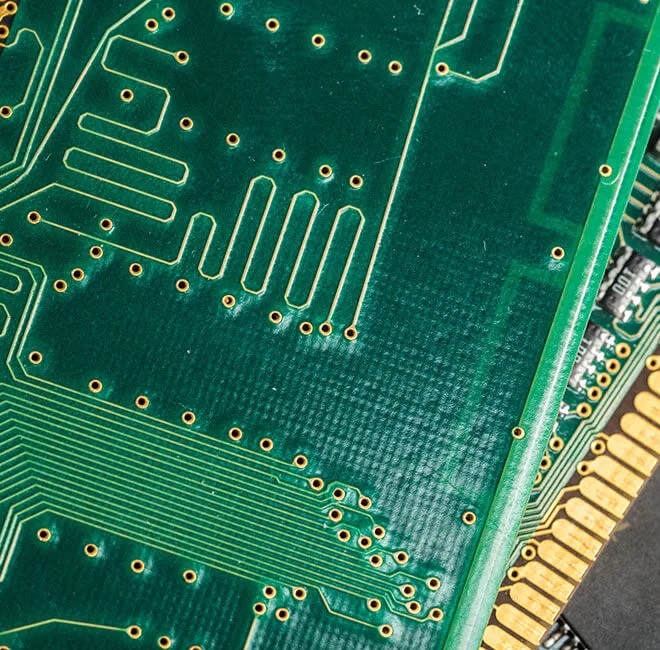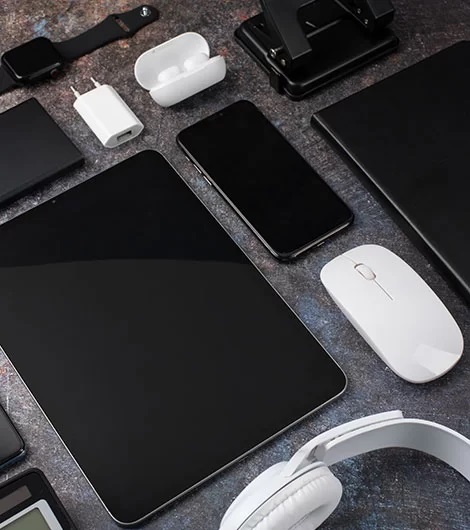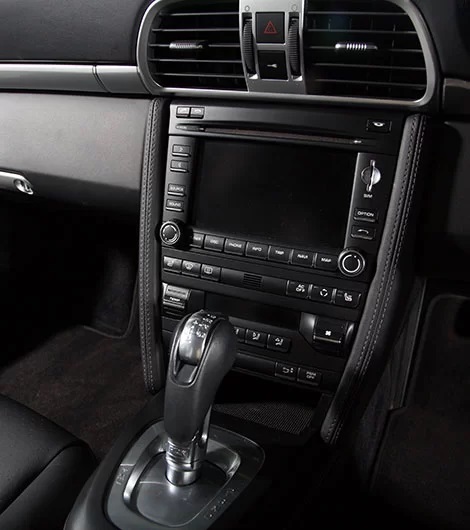HDI PCB
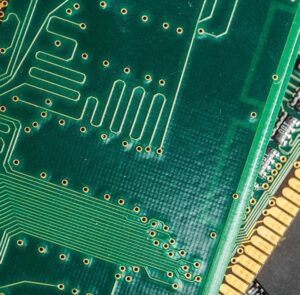
overview
What is HDI PCBs
HDI PCBs are a type of printed circuit board designed to accommodate a higher density of components and interconnections in a smaller footprint. They are a natural response to the growing demand for miniaturization and increased functionality in electronic devices.
Unlike traditional PCBs, which use through-hole technology for component mounting and interconnection, HDI PCBs employ micro-via technology and multilayer construction to achieve their high-density capabilities.
Features of HDI PCBs
Micro-vias are tiny, laser-drilled holes that connect different layers of the PCB. They are significantly smaller than traditional through-holes, allowing for more routing channels and a higher component density.
HDI PCBs often consist of multiple layers, sometimes exceeding 20 or 30 layers. These layers are stacked closely together, enabling complex and dense circuit designs.
HDI PCBs can accommodate fine-pitch surface-mount components with minimal spacing between them, making them ideal for high-density applications.
With shorter interconnections and reduced electromagnetic interference (EMI), HDI PCBs can offer improved signal integrity, leading to better overall performance.
Our Managed IT services will help you succeed. Let’s get started
Solutions
Benefits of HDI PCBs
High-Density Interconnect (HDI) PCBs offer a multitude of benefits in the electronics industry. These benefits arise to accommodate complex designs, high component density, and miniaturization.
Challenges and Future Trends
Despite their numerous advantages, HDI PCBs present challenges in terms of design complexity, manufacturing processes, and cost. Designers must carefully plan the layout, and manufacturers require specialized equipment and expertise. However, as technology continues to advance, these challenges are gradually becoming more manageable.
Future trends in HDI PCB technology may include even smaller micro-vias, improved materials, and more efficient manufacturing processes. These innovations will further drive the adoption of HDI PCBs in a broader range of applications.
High-Density Interconnect Printed Circuit Boards have redefined the possibilities in electronic design and manufacturing. Their ability to pack more functionality into smaller spaces while maintaining reliability and performance has transformed the electronics industry. As technology continues to evolve, HDI PCBs will likely remain at the forefront of innovation in electronics for years to come.
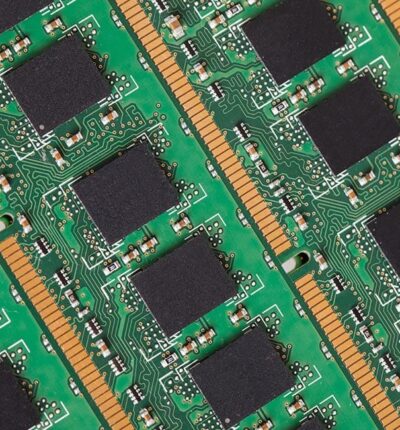
Applications of HDI PCBs
HDI PCBs have found applications in a wide range of industries.
Smartphones, tablets, laptops, and wearables all benefit from the compact size and high performance of HDI PCBs. These boards enable the integration of multiple functions and advanced features into small form factors.
The automotive industry relies on HDI PCBs for advanced driver assistance systems (ADAS), infotainment systems, and electric vehicle (EV) technology. These boards can withstand harsh environmental conditions and deliver reliable performance.
In medical equipment and devices, space is often limited, and reliability is paramount. HDI PCBs are used in applications such as patient monitoring, diagnostic equipment, and surgical instruments.
Industrial automation, robotics, and control systems benefit from the compact design and high reliability of HDI PCBs, helping improve manufacturing efficiency and precision.

